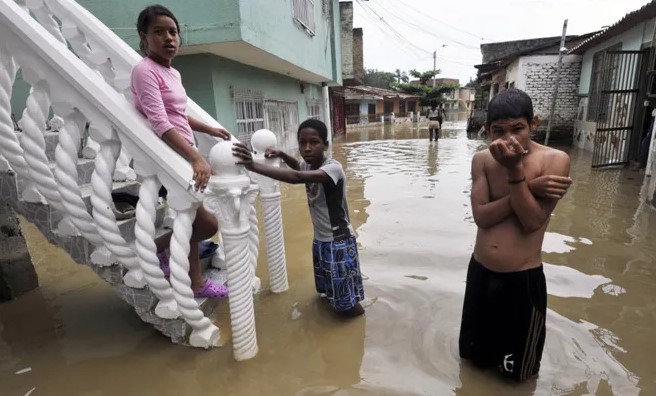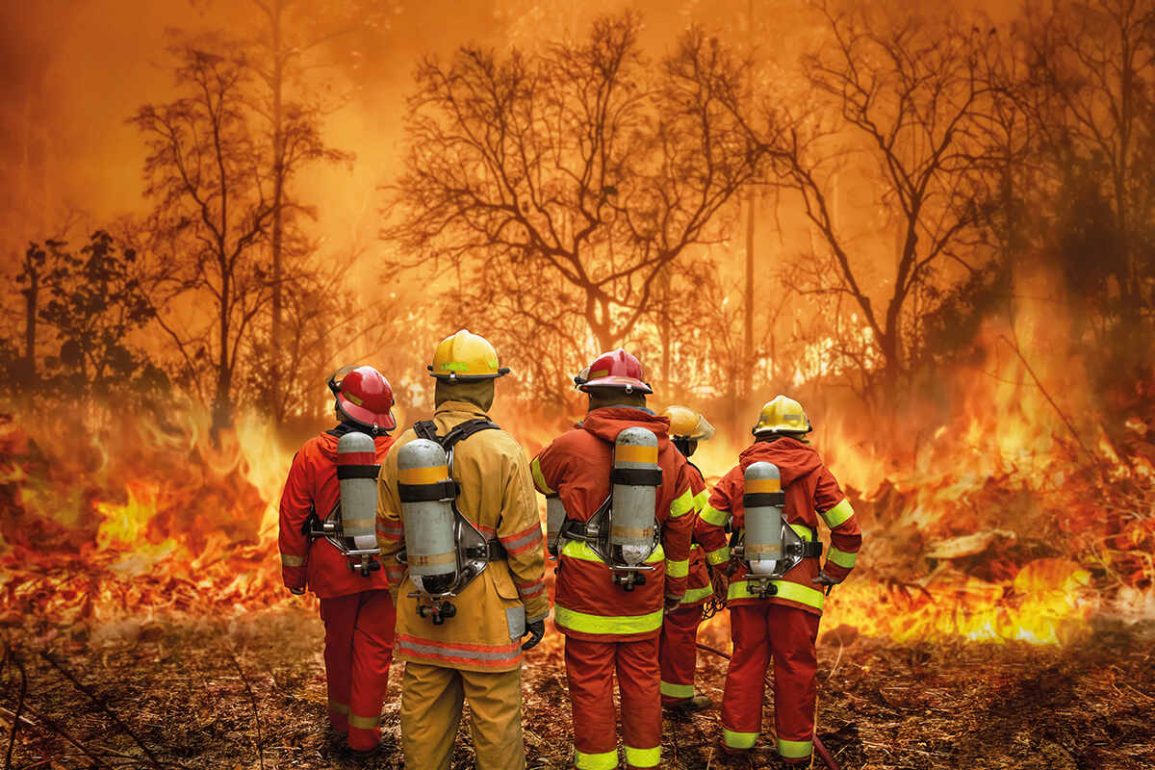Scientists have warned that the return of the El Niño climate phenomenon later this year will cause global temperatures to rise significantly and result in unprecedented heatwaves. Forecasts indicate that El Niño will return in late 2023, intensifying extreme weather worldwide and making it highly probable that global warming will surpass 1.5°C. The record-hottest year, 2016, was driven by a major El Niño event.
El Niño is part of a natural oscillation influenced by ocean temperatures and winds in the Pacific, alternating with its cooler counterpart, La Niña, and neutral conditions. The past three years have seen consecutive La Niña events. This year is expected to be hotter than 2022, which was one of the hottest years on record.
However, since El Niño occurs during the northern hemisphere’s winter and its heating effect is delayed, 2024 is more likely to set a new global temperature record.
Human activities have already raised the average global temperature by about 1.2°C, leading to severe impacts such as extreme heatwaves in the US and Europe and devastating floods in Pakistan and Nigeria.
Prof. Adam Scaife from the UK Met Office noted that it is very likely the next significant El Niño will push global temperatures over 1.5°C. He emphasized that the combined effects of El Niño and ongoing climate change will likely lead to unprecedented heatwaves.

Prof. James Hansen from Columbia University predicted that 2024 could be the warmest year on record, noting that even a minor El Niño could drive global temperatures to new highs. He also mentioned that reduced air pollution in China, which normally reflects sunlight, is contributing to increased warming.
The exact impact of El Niño on extreme weather remains debated. Prof. Bill McGuire suggested that future extreme weather might overshadow recent events, while Prof. Tim Palmer argued that although the correlation between extreme weather and global temperatures is weak, the effects of climate change will amplify anomalies caused by El Niño.
Australia’s Bureau of Meteorology anticipates a potential shift from three years of above-average rainfall to a very hot and dry El Niño period, increasing the risk of severe heatwaves and fires. The US National Oceanic and Atmospheric Administration has a 66% chance of El Niño forming by late summer.
The scale of the upcoming El Niño is uncertain, but Prof. Andy Turner from the University of Reading expects moderate conditions by summer, with a clearer picture emerging by June.
El Niño and La Niña significantly influence weather patterns, with El Niño causing warmer conditions and disrupting typical weather patterns. Regions like Indonesia and Australia could experience hotter, drier conditions, while places like China may face flooding.
India and southern Africa might see reduced rains, while areas like east Africa and the southern US could experience increased precipitation. The effects of El Niño might extend to the northern hemisphere mid-latitudes, affecting places like Spain and the eastern US.
Palmer highlighted the need for improved climate models to understand how climate change influences El Niño and La Niña patterns, suggesting the establishment of a $1 billion international climate modeling center to advance this research.

